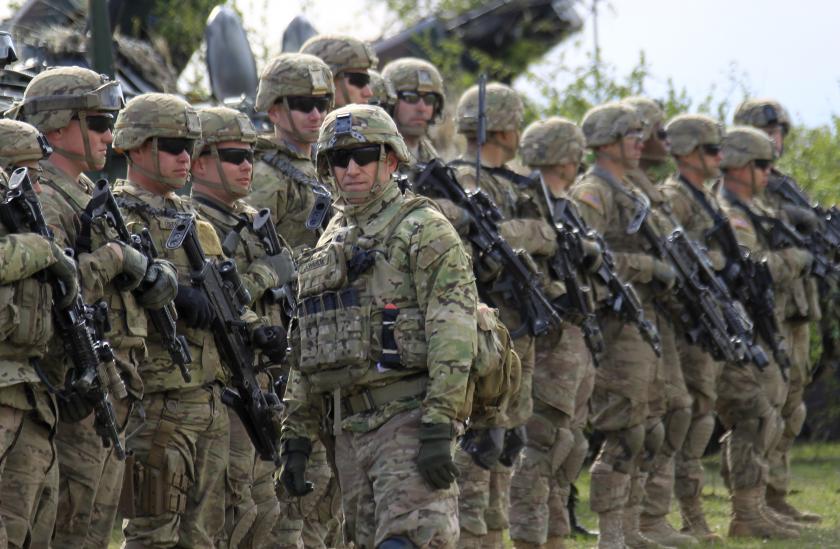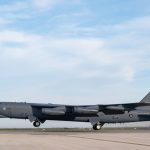Just weeks before the U.S. withdrawal from Afghanistan is supposed to finish, thousands of troops are going to Kabul to help manage the fallout from the withdrawal.
The Biden administration announced Thursday it will send about 3,000 troops to Afghanistan to help evacuate diplomats from the U.S. Embassy in Kabul, as well as Afghans who have applied for Special Immigrant Visas (SIVs) for helping the United States during the war.
“As we’ve said all along, the increased tempo of the Taliban military engagements and the resulting increase in violence and instability across Afghanistan is of grave concern,” State Department spokesperson Ned Price said.
“Accordingly, we are further reducing our civilian footprints in Kabul, in light of the evolving security situation … we expect to draw down to a core diplomatic presence in Afghanistan, in the coming weeks.”
The breakdown: About 3,000 U.S. troops — two Marine infantry battalions and one Army infantry battalion — who are already in the Middle East will deploy to the Kabul airport in the next 24 to 48 hours to help “provide safety and secure movement of the reduction of civilian personnel out of the embassy,” Pentagon press secretary John Kirby said.
Another 1,000 U.S. troops from a joint Army-Air Force support team are being deployed to Qatar to help process SIV applications, Kirby said.
Further, one infantry brigade combat team from Fort Bragg will deploy to Kuwait so they are “postured and prepared if needed to provide additional security at the airport,” Kirby said.
The U.S. military will also likely fly diplomats and SIV applicants out of Afghanistan, but U.S. officials are “working through the final plans right now to put that into place,” Kirby added.
And isn’t it ironic?: The United States had about 2,500 to 3,500 troops in Afghanistan before President Biden ordered a withdrawal. About 650 of those remain in the country securing the embassy and airport.
But Kirby rejected the idea that there’s any “irony” in sending in about the same number as were withdrawn.
“This is a very temporary mission for a very specific purpose,” he said. “That’s a big difference than saying you’re deploying for eight, nine, 12 months, forces to stabilize and secure Afghanistan, which we’ve been doing for the last 20 years. This is a very narrowly defined, very temporary mission.”
Don’t call it an evacuation: By any definition of the word, what’s happening in Kabul now is an evacuation.
But both Kirby and Price insisted that’s not the case.
“This is not abandonment. This is not an evacuation. This is not the wholesale withdrawal,” Price said. “What this is is a reduction in the size of our civilian footprint.”
“The purpose here is to help with a reduction of civilian personnel out of the embassy,” Kirby said. “That is not the same as a noncombatant evacuation operation, where you’re moving a massive amount of people who aren’t necessarily U.S. government employees. It’s a different operation altogether, and we’re just not there.”
Not just the US: The United Kingdom also announced Thursday it was sending in about 600 of its troops to help evacuate some of the British embassy staff.
On the ground: The announcement of the evacuations came the same day the Taliban reportedly won three major prizes: Kandahar, Herat and Ghazni.
As Afghanistan’s second and third largest cities, respectively, Kandahar and Herat are the biggest ones the Taliban has seized yet. Kandahar holds symbolic importance to the Taliban as its former capital.
And Ghazni sits on a crucial road connecting Kabul to southern provinces, complicating the movements of government troops and supplies and further isolating the capital.
The insurgents also said Thursday they captured Qala-e-Naw, the capital of Badghis province.





